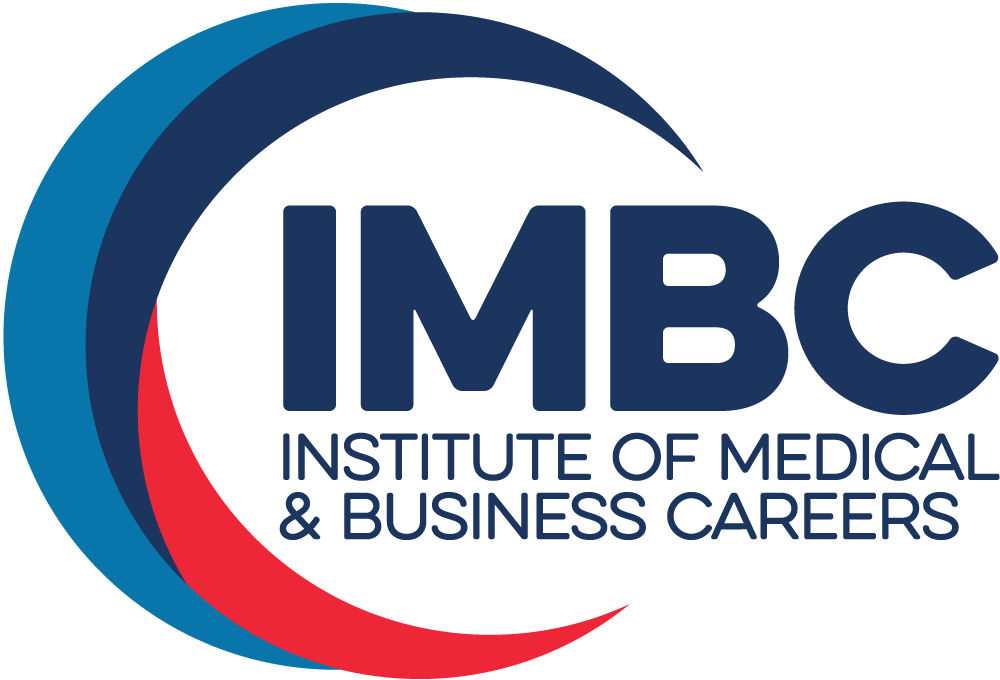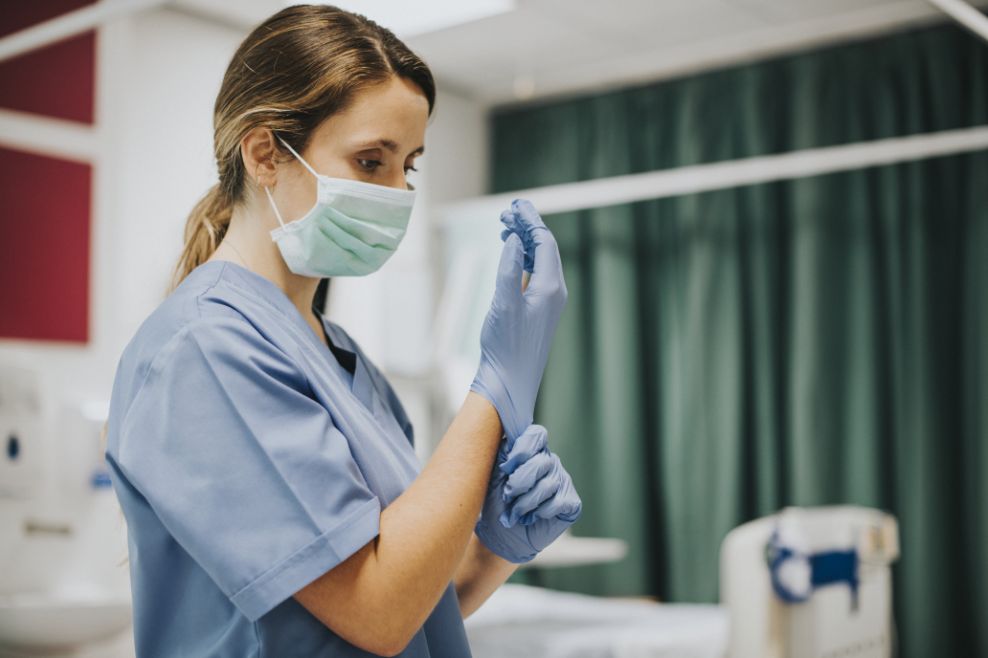
In the ever-expanding, fast-paced world of professional healthcare, a medical assisting technician helps doctors provide care for patients by performing clinical and administrative duties. Medical assistants carry out tasks such as documenting vital signs, preparing patients for tests and procedures, entering information in patient charts, recording patient history, scheduling appointments, and handling patient medical insurance paperwork. A medical assistant may also perform phlebotomy procedures, which means they might draw and collect blood samples through venipuncture (the taking of blood from a vein), finger prick, or heel prick.
For comparison, at IMBC, a Medical Assisting Technician A.S.T. (Associate in Specialized Technology) degree is an 18-month on-campus program, while a Medical Assisting with Phlebotomy Diploma program is slightly more than one year in length.
While a medical assistant does indeed perform a myriad of clinical and administrative duties, a medical assistant is not the same as a physician’s assistant (or “PA” for short). A medical assistant does not examine, diagnose, or treat patients as a physician’s assistant would under a doctor’s supervision. However, medical assisting can be just as rewarding as you are making a positive impact on the lives of others.
But what does a typical day in the life of a medical assisting technician look like?
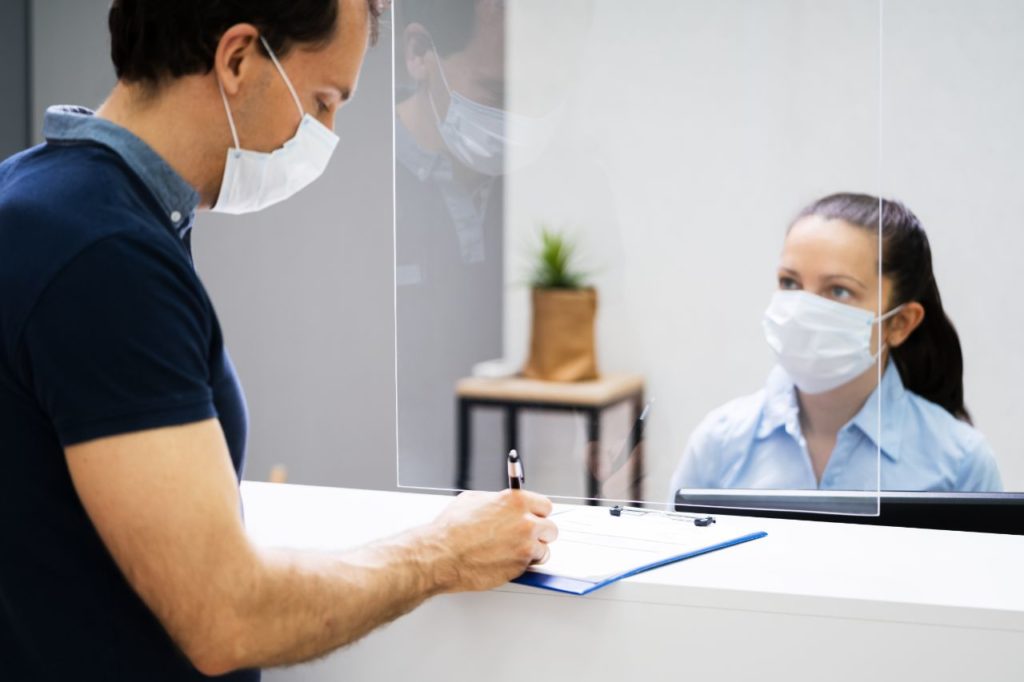
First of all, a medical assistant can work in all sorts of environments from clinics and hospitals to seniors’ residences. A medical assistant with phlebotomy certification might also work in medical laboratories. The day described below would be a typical day for a medical assistant working at a typical doctor’s office. Because there are a wide variety of places to work, from small practices to bustling hospitals, some would say there isn’t really a typical day, as no two days are the same. Regardless, here are some of the things you can expect to do as a medical assistant.
Preparation
At the beginning of the shift, the first thing that must be done is hand washing and placing your PPE (personal protective equipment, such as masks, sterile gloves, and face shields). Once hands are washed, the medical assistant may need to go to a separate gowning area to change into scrubs, and their hands are washed again and then sanitized. Hands are washed often during the day to avoid the spread of infectious disease and contamination. Once the handwashing procedure is complete, the medical assistant then prepares for the arrival of patients.
The workspace, patient waiting areas, and consultation rooms are disinfected and sanitized. The patient charts for the day’s appointments are prepared, and the MA (medical assistant) gets medical history forms ready for any new patients the physician(s) will be seeing that day.
Clinical duties
Once patients begin to arrive, the MA might record the medical history of new patients and update information on the patient charts. Then, clinical duties would include guiding patients to exam rooms, taking vital signs (temperature, blood pressure, pulse, and respiration rate), recording information, performing tests, and collecting specimens. In the case of the medical assistant with phlebotomy certification, blood samples may be taken. The samples and specimens would then be sent to the appropriate laboratories or departments for analysis. Once the patient has left, the exam room would be disinfected, sanitized, restocked, and prepared for the next patient. Again, the MA would wash their hands between patients with soap and water or use an alcohol-based hand sanitizer if time is limited, after removing and properly disposing of their gloves.
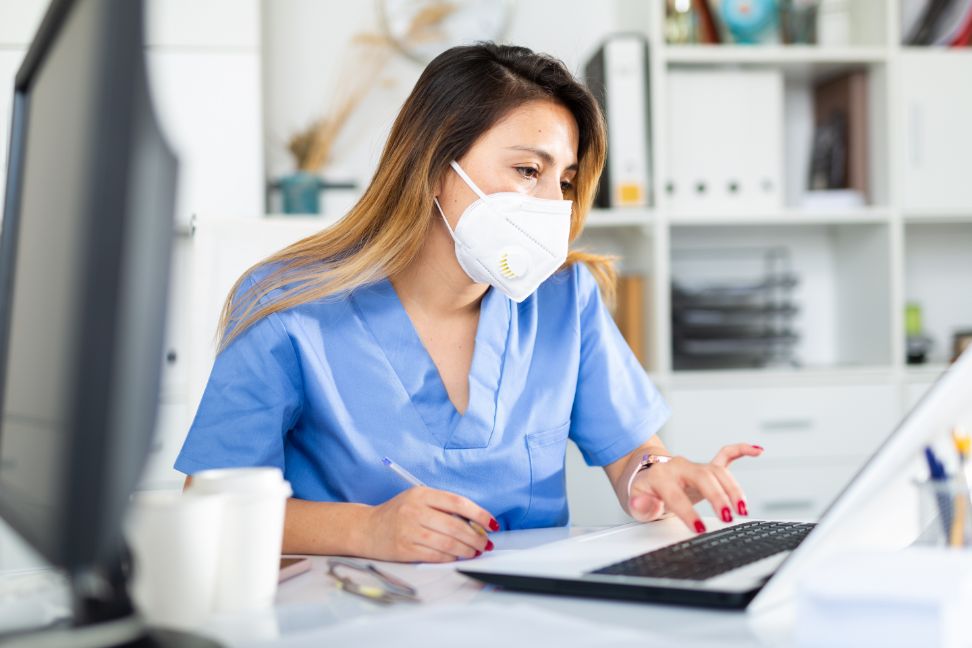
Administrative duties
Along with the ever-important clinical duties, the medical assistant also helps the physician by performing crucial, time-consuming administrative tasks. This frees up time for the doctor to see more patients and also ensures that the clinic runs as smoothly as possible. The MA, while not always present with a patient, would be taking care of things such as insurance documentation, appointment scheduling, prescription renewal, and referrals. As well as answering the phones and contacting patients with test results, the MA would also use this time to organize patient charts for the next day or check the inventory of medical and office supplies.
End of shift
Workdays can be hectic for the MA working in a busy practice, but there are duties that must be performed at the end of the shift. Depending on the clinic, hospital, laboratory, or seniors’ residence, the MA might be responsible for the operation of the autoclaves to sterilize tools and equipment. Other end-of-shift tasks could include restocking personal protective equipment and medical supplies, and while a janitor or custodian would do general office cleaning, the MA would most likely disinfect all work surfaces and have the consultation rooms ready and stocked for the next shift or day. The medical assistant and phlebotomist may also have the added responsibility of coordinating the transportation of specimens to laboratories and restocking phlebotomists’ carts.
A fast-paced, rewarding career
As the general U.S. population ages and their medical needs grow, physicians require more and more medical assistants to help with their expanding workload. Many trade schools offer one-year diploma programs and slightly longer specialized associate degrees that give students the necessary skills for successful, satisfying, and rewarding careers. Unlike other career fields where jobs may not be as stable over the years due to changing technology, medical assisting is a profession that typically adapts to innovation and will exist for decades to come.
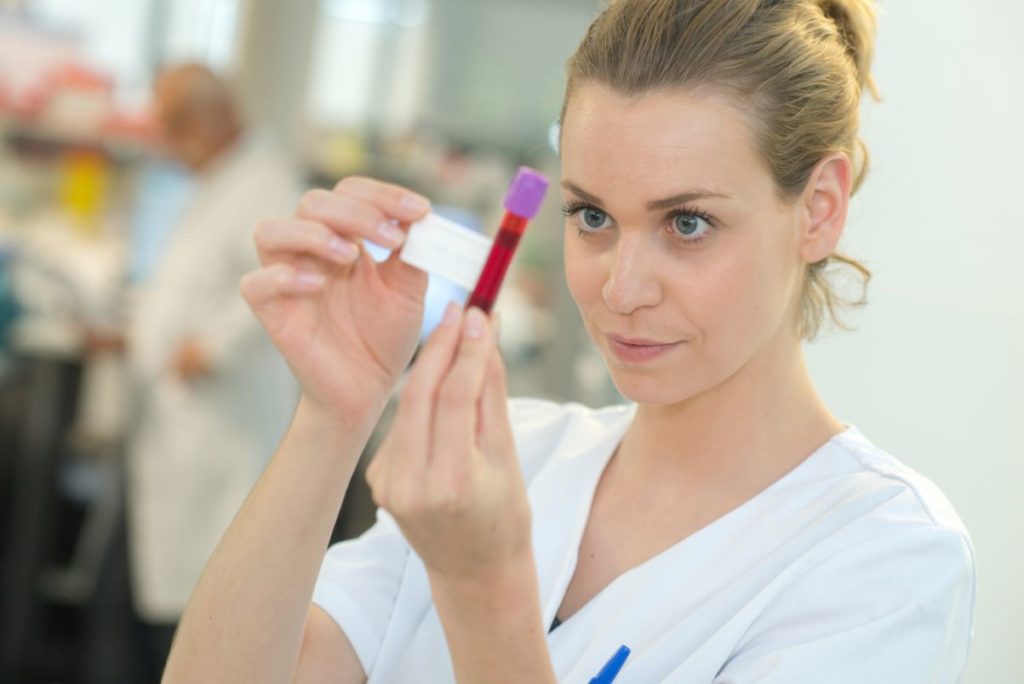
Medical assisting is suited to those who want to help others, enjoy working directly with all sorts of different people, and like dynamic environments. Good communication skills and a caring, confident attitude are essential, and potential MAs must be comfortable with performing multiple duties simultaneously under potentially stressful conditions, including unhappy, upset, or unruly patients. Following procedures, safety protocols, and privacy regulations is a requirement in this profession. Willingness to adapt to new technology is critical; for example, many medical establishments are moving toward paperless offices where patient charts are only accessible electronically (this is called EHR or electronic healthcare records). A good diploma or associate degree program will help students learn how to adapt to new work methods and technology without skipping a beat.
In all, medical assisting, while demanding at times, is a greatly rewarding and typically very stable career choice for those who are serious about making a difference and making the world a better place, one patient at a time.
If this sounds like a good career choice for would like more information, contact IMBC to take the next step today and learn more about the school that hundreds have trusted for their training.
